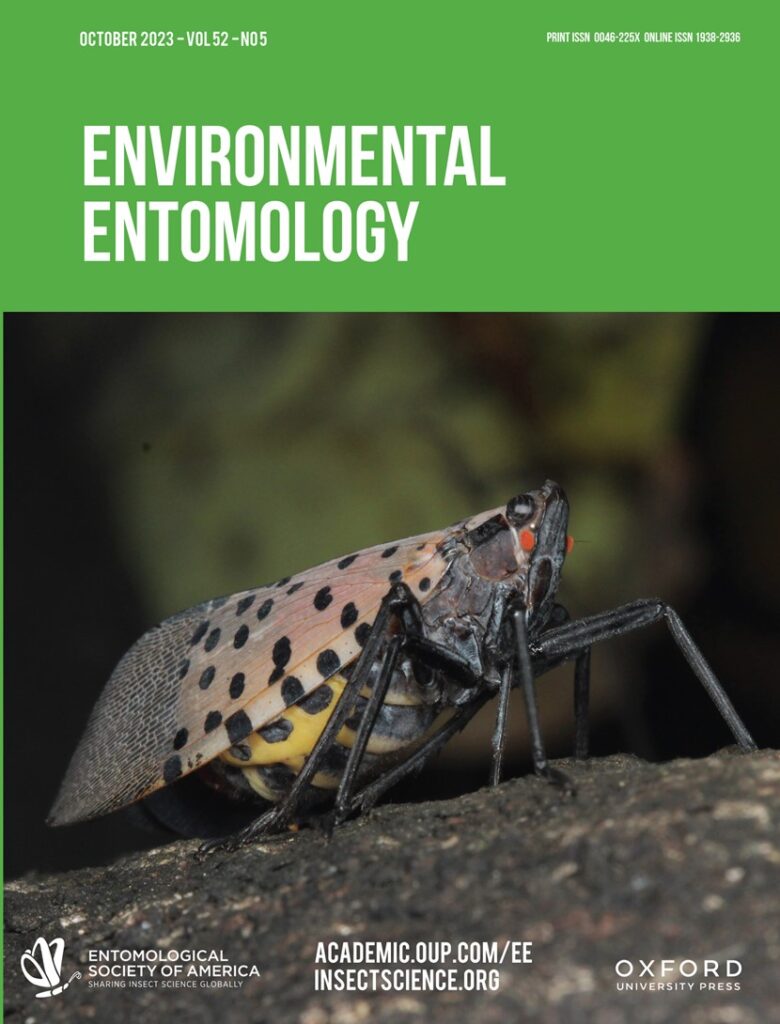The sweetpotato whitefly Bemisia tabaci (Gennadius) MEAM1 (Hemiptera: Aleyrodidae) is widely distributed in tropical and subtropical regions affecting more than 600 different species of cultivated and wild plants. Due to the large number of viruses it can transmit, the species is one of the most important economic insect pests in the world. Determination of the pest’s temperature-dependent population growth potential is crucial knowledge for understanding the population dynamics and spread potential of the species and the diseases it can transmit, as well as for designing effective pest management strategies. B. tabaci MEAM1 development, mortality and reproduction were studied at seven constant temperatures in the range from 12° to 35°C. The Insect Life Cycle Modeling (ILCYM) software was used to fit nonlinear equations to the data and establish an overall phenology model to simulate life-table parameters based on temperature. Life tables of B. tabaci MEAM1 established at naturally fluctuating temperature in La Molina, Lima, during different seasons, covering the entire temperature range of the species’ predicted performance curve, were used to validate the model. The overall model predicted population development within the temperature range of 13.9° to 33.4°C with a maximum finite rate of population increase (=1.138) at 26.4°C. The model gave good predictions when compared with observed life tables and published data. The established process-based physiological model presented here for B. tabaci MEAM1 can be used predicting the species distribution potential based on temperature worldwide and should prove helpful in adjusting pest management measures.
A Temperature-Dependent Phenology Model for the Sweetpotato Whitefly Bemisia tabaci MEAM1 (Hemiptera: Aleyrodidae)
Citation: Sporleder, M., Gamarra, H., Carhuapoma, P., Goicochea, L. P., Kroschel, J., & Kreuze, J. (2023). A temperature-dependent phenology model for Bemisia tabaci MEAM1 (Hemiptera: Aleyrodidae). Environmental Entomology, 52(5), 832–846. https://doi.org/10.1093/ee/nvad062
2023-02-08
CROP PROTECTION, SWEETPOTATO AGRI-FOOD SYSTEMS, SWEETPOTATOES
other

